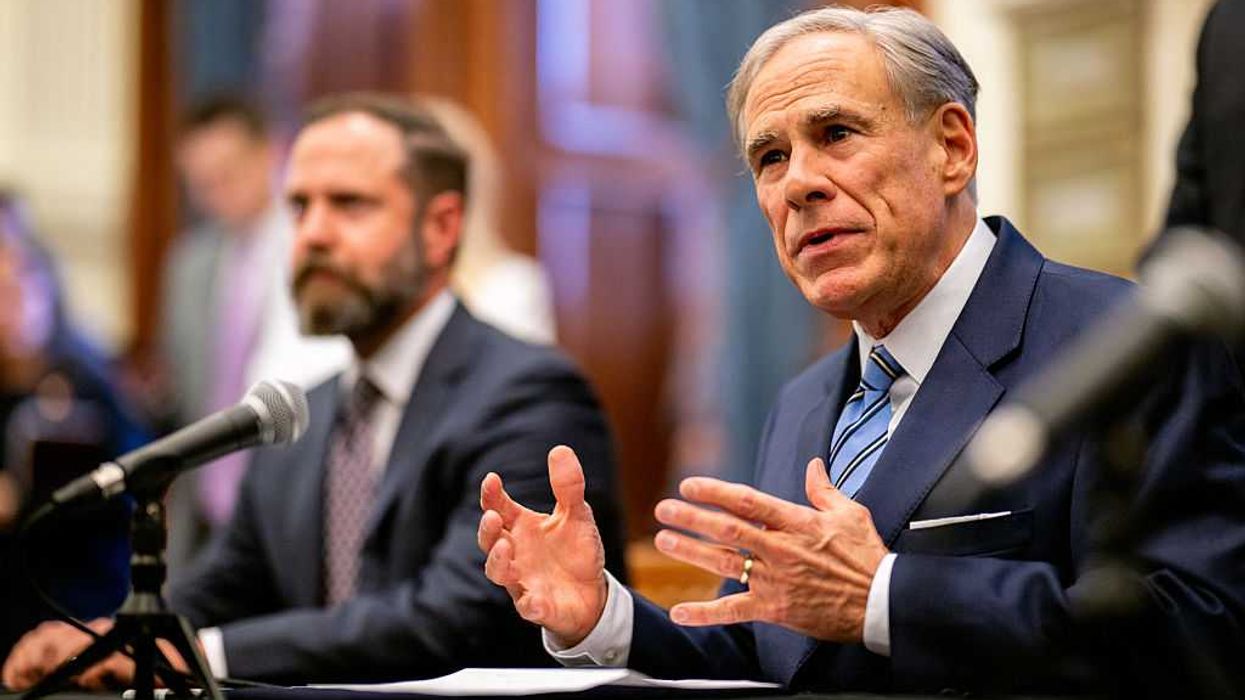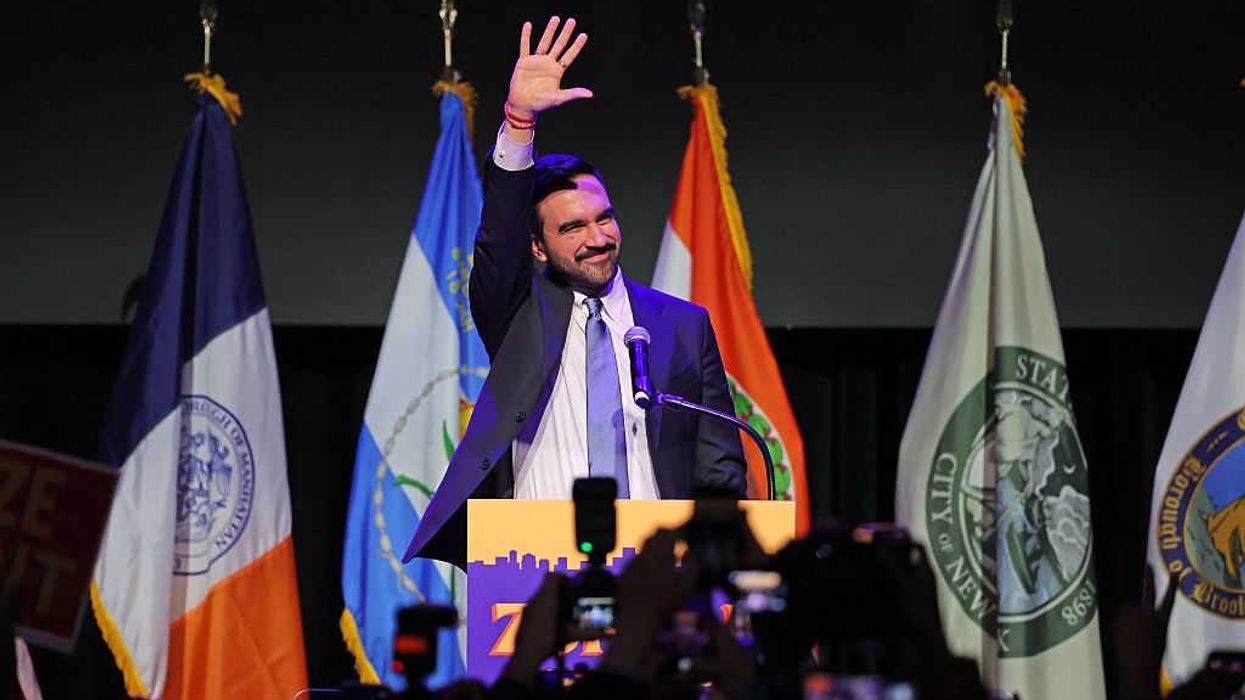Glenn gives the latest coronavirus numbers, updating YOU on everything needed to know as Americans and officials monitor China's new COVID-19 virus:
Daily Stats as of 5:30 AM CT (from John's Hopkins)
- Total Confirmed Cases Worldwide: 171,105 (up from 136,388 Friday)
- Total Confirmed Deaths Worldwide: 6,531 (up from 4,995 Friday)
- Total Confirmed Recovered Worldwide: 77,783 (up from 70,437 Friday)
- 158 Countries have confirmed cases (up from 129 Friday) 4 more have suspected cases
- 7% of Active Cases are considered serious (requiring hospitalization), down from 9% Friday and down from 19% just 3 weeks ago
- US has 3,802 Confirmed Cases and 69 Deaths, up from 1,762 cases and 41 deaths Friday
- In the US, only West Virginia does not have at least 1 Active Case
Sign of Things to Come?: Bank of America in Midtown Manhattan Runs Out of $100 Bills https://dnyuz.com/2020/03/14/a-bank-in-midtown-is-cleaned-out-of-100-bills/
- So many people sought huge sums that the bank branch, at 52nd Street and Park Avenue, temporarily ran out of $100 bills to fulfill large withdrawals, according to three people familiar with the branch's operations.
- The shortage hit after a rash of requests for as much as $50,000, said two people who witnessed the rush. , some waiting for over an hour to close out accounts.
- ATMs stayed full, routine transactions weren't affected, according to the Bank manager.
- By Friday afternoon, a fresh supply of big bills had arrived from the New York Federal Reserve, and no customers were turned away without cash in hand.
- Italian journalist Mattia Ferraresi has urged the US & UK to lockdown now amid the pandemic via an Op Ed in the Boston Globe.
- He calls mass quarantine an 'exercise in humility' as Covid-19 cases pass 24,000 in Italy.
- Top Italian Doctor Giuseppe Natalini also called Italy's crisis 'catastrophic, unimaginable'
- "Our country has universal healthcare, so patients aren't turned away from hospitals here. But in a matter of days, the system was being felled by a virus that I, and many other Italians, had failed to take seriously", he said.
- 'It didn't have to come to this. We, of course, couldn't stop the emergence of a previously unknown and deadly virus, but we could have mitigated the situation we are now in, in which people who could have been saved are dying. I, and too many others, could have taken a simple yet morally needed action: We could have stayed home."
- Dr. Antony Fauci, Director of the National Institute of Allergy and Infectious Diseases, urged Americans to shut down more aggressively as the COVID-19 spreads.
- On MSNBC's "Meet the Press" Mr. Fauci endorsed a 14-day "national shutdown" to help slow down the virus. He explained that he has brought it up with the administration, which is generally open to his ideas.
- "I think Americans should be prepared that they are going to have to hunker down significantly more than we as a country are doing," he said.
- Making the TV rounds over the weekend, On ABC's "This Week" the doctor explained that lockdowns helped China and South Korea fight the rapid spread of the disease in their countries. China, he said, has reached its peak and is starting to see the number of cases drop, whereas South Korea has flatlined.
- However, he warned that while its hard to predict exactly how long the virus will be a threat, "The U.S. should prepare for this to last for several weeks or a few months," he said.
- The announcement was made via Facebook Livestream.
- "To help prevent the spread of COVID-19, I'm taking executive action to temporarily close bars, nightclubs, restaurants (except takeout/delivery), entertainment venues, and other establishments in the city of Los Angeles." Mayor Garcetti said.
- "These orders go into effect at midnight tonight and will stay in place until March 31 unless extended."
- "There is no food shortage and grocery stores will remain open. We're taking these steps to help protect Angelenos, limit the spread of the novel coronavirus, and avoid putting a dangerous strain on our health care system."
- New York will leave restaurants open for now, but requires a 6 foot separation between guests and overall capacity limitations of 50% normal occupancy.
- Officially, Russia only has 63 Confirmed Cases of COVID-19, and Zero deaths.
- Russia has increased oil output in production and price war with Saudi Arabia.
- Oil Prices are down more than 60% year to date worldwide, Natural Gas down nearly 50%.
- Nearly all US Shale Oil producers are expected to post net-losses for 2020, according to industry experts at Oilprice.com. https://oilprice.com/Energy/Crude-Oil/Big-Oil-Is-Literally-Burning-Cash-In-The-Permian.html
- Food producers and supply chain managers say there is generally enough nonperishable food on shelves, in warehouses and on the production line to last several months. Bu labor shortages due to a shut-down, illness or travel restrictions could create localized supply disruptions.
- The challenge could soon be getting that food to the right places once local distribution centers are wiped out.
- In addition, millions of Americans, who previously got food at restaurants or in school or at work cafeterias, will have to serve themselves at home, with food bought from grocery big-box enterprises.
- "The replenishment cycle is going to be the real test here," said Sean Maharaj, a supply chain expert and managing director at AArete, a consulting firm in Chicago. "Manufacturers don't sit on a lot of extra inventory, so what do you do when everything you have is depleted?"
- Beyond that, industry officials acknowledge some uncertainty about how exactly they will be able to replenish their stocks if factories and ports worldwide are short-staffed.
- Over the past decade, retailers have moved aggressively to become more efficient by slimming down on inventory instead of stockpiling in warehouses.
- "Turns out Just In Time delivery systems have a downside," said Maharaj.

 Anadolu / Contributor | Getty Images
Anadolu / Contributor | Getty Images
 Brandon Bell / Staff | Getty Images
Brandon Bell / Staff | Getty Images Europa Press News / Contributor | Getty Images
Europa Press News / Contributor | Getty Images ANGELA WEISS / Contributor | Getty Images
ANGELA WEISS / Contributor | Getty Images